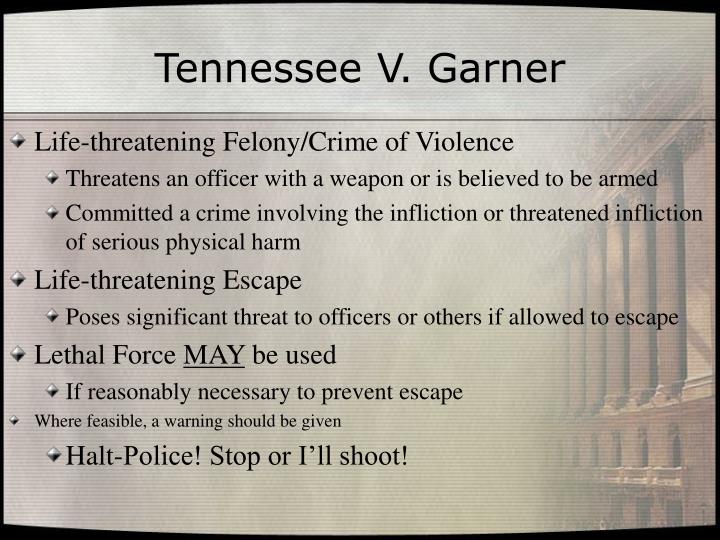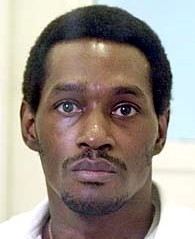

All this time, Berry, and Graham after he regained consciousness, tried to explain that Graham was just having an insulin reaction. Graham, he was violently placed into the backseat of a cruiser. He ran around the car two times, sat down on the curb, and momentarily passed out. Connor told the two men to wait at their car while another officer returned to the store to determine what happened. Berry tried to explain that his friend was just having a “sugar reaction” but Connor was not convinced. Connor activated his overhead lights and pulled them over. Officer Connor had watched Graham hastily enter and leave the store and suspected something was amiss. Graham “hastily” returned to the car, got in, and told his friend to drive to another friend’s house. Unfortunately, the check-out line was too long. He thought that the sugar in the juice would counteract the reaction.Īfter the two men arrived at the store, Graham got out of the car and hastily went inside. He felt the onset of an insulin reaction on day, called his friend Berry, and asked for a ride to a convenience store.

The Fourth Amendment chapter discusses when, and for how long someone can be seized but they all go to the overall question – was the seizure reasonable? This chapter focuses on the degree of force an officer may use. A seizure must be objectively reasonable – meaning reasonable in its inception, the degree of force used, and its duration. To seize someone, an officer may yell “Stop!” The officer may use handcuffs, a baton, or firearm to make him stop. Traffic stops, investigative detentions, and arrests are all Fourth Amendment seizures.

Connor.1 The Court held, “…that all claims that law enforcement officers have used excessive force – deadly or not – in the course of an arrest, investigatory stop, or other seizure of a free citizen should be analyzed under the Fourth Amendment and its objective reasonableness standard…Ī seizure occurs when a law enforcement officer terminates a free citizen’s movement by a means intentionally applied. The leading case on use of force is the 1989 Supreme Court decision in Graham v. This chapter focuses on the legal aspects for using force in the course of effecting an arrest, investigatory stop, or other seizure of a free citizen.

“How will I be judged by a court of law if someone sues me for using excessive force?” That is a fair question from a law enforcement officer.


 0 kommentar(er)
0 kommentar(er)
